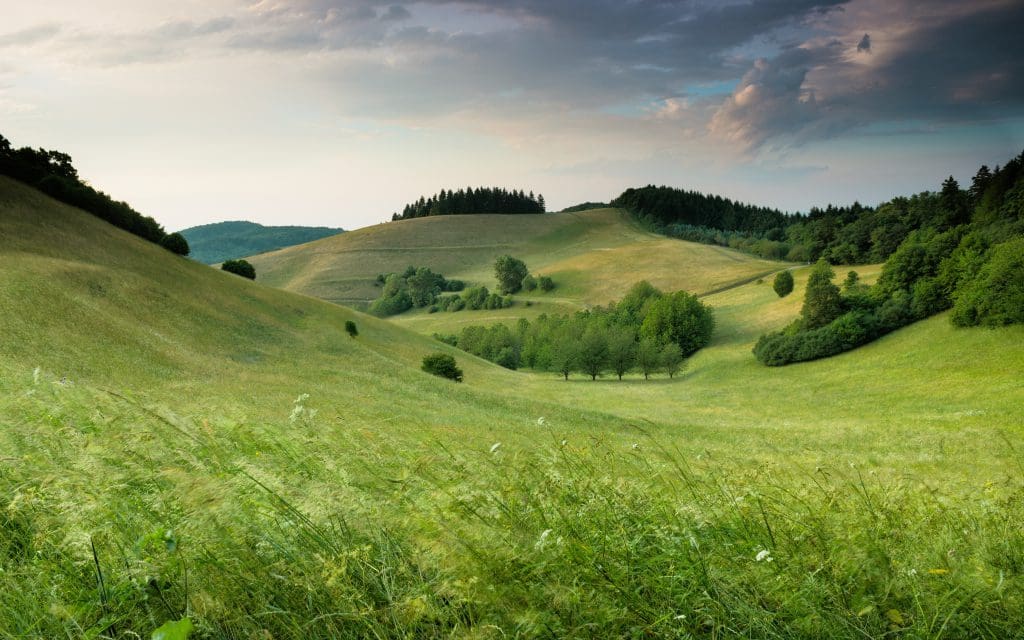Landscape photography is one of the most popular styles of photography. If you follow the photographers featured in National Geographic and other similar magazines, you’ll notice that they invest a lot of time and energy into a single photo. They spend days or even weeks in a location, waiting for perfect weather conditions. They travel the world looking for extreme landscapes and are always ready for a new adventure.
While traveling is fun and may deliver amazing subjects, the first step in improving your landscape photography is achieving impeccable technical skills. Landscape photography is challenging and requires a camera with high performance in low lighting, wide lenses, tripods, polarizing and color enhancing filters. Here are some tips to help you master landscape photography.
Learn to shoot in natural light
Landscapes are vast natural scenes with a single light source: the sun. Learn what type of natural light you can expect in any season and at any time of the day and plan your photo sessions accordingly. Landscape photographers prefer the golden hour and avoid as much as possible shooting at midday. Mountains look better with lateral light. The season also changes the color and direction of light. In order to deliver amazing landscape photographs, you need to know to work with natural light and all weather conditions.

Photo by Josh Felise on Unsplash
Study the rules of composition and learn how and when to break them
Vast sceneries can produce dull images if you don’t learn to make well-balanced compositions. Many photographers use the rule of thirds and the golden rule to create appealing compositions. While basic composition rules are helpful, using a single rule throughout your entire portfolio may become boring.
Try different perspectives and angles of shooting. Not all pictures have to be in landscape format and taken from your eye height. Engage deeply with your subject and expose all its secrets. Use deep depth of field to keep everything in focus.

Photo by Claudio Testa on Unsplash
Keep the horizon straight
Lines are important features in a picture because they lead the viewers’ eyes through the image. A tilted horizon will immediately get attention and not the right sort of attention. It’s easy to slightly rotate the camera when you don’t use a tripod or you focus on faraway elements.
Don’t look only at your main subject. Observe the entire scene, foreground, and background, and decide how each element will appear in the final frame. Stabilize the camera with anything you have at hand to avoid unwanted moves.
Subtle editing for natural results
Many landscape photographer abuse of image editors in order to create stunning landscapes. It’s OK to edit your pictures, but strong effects and exaggerated colors can ruin your pictures. Use post-processing to fix exposure and contrast, enhance colors to a natural look, and correct a tilt horizon.
Landscape photography is extremely rewarding because it connects you with the environment. It makes you get outside, explore, travel, climb mountains, and admire the nature. Some call this therapy so you should be grateful. Cover Photo by Michal Kmeť on Unsplash

